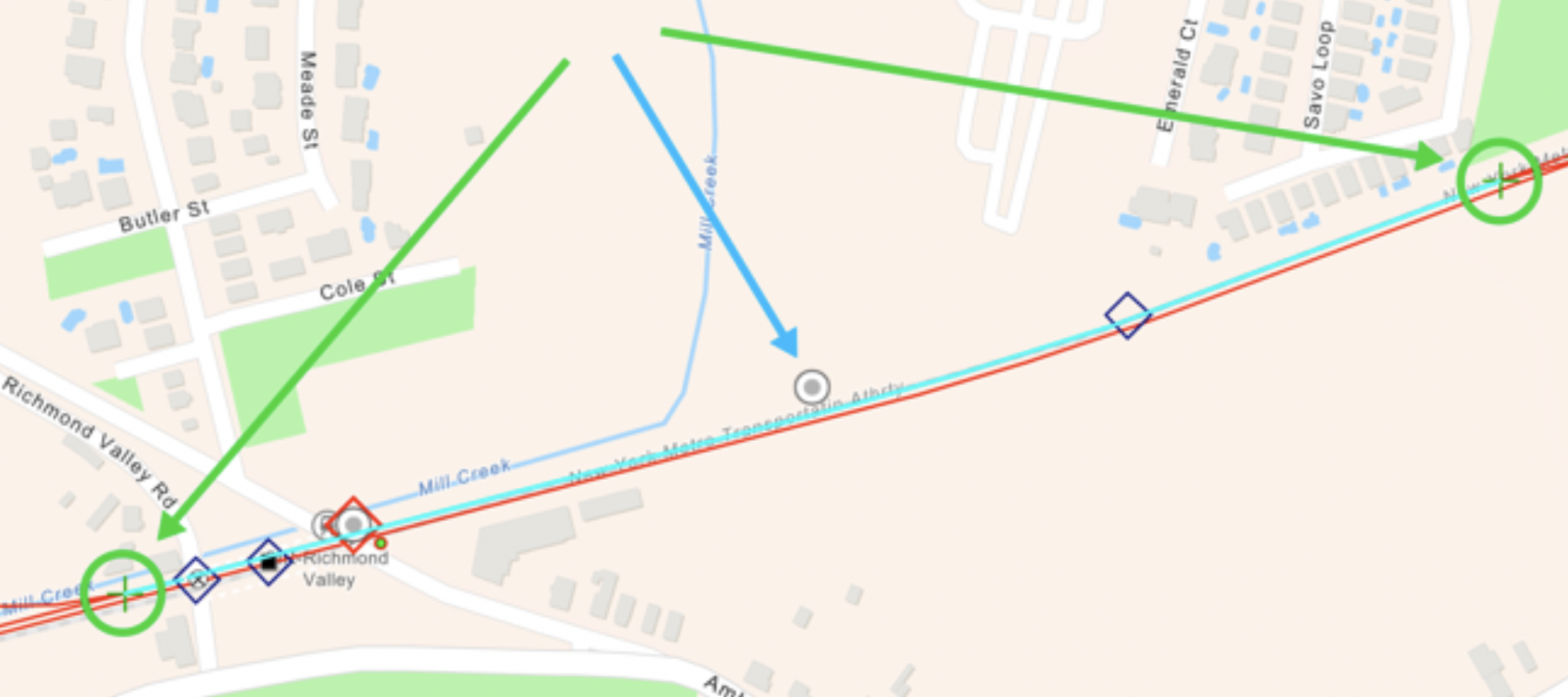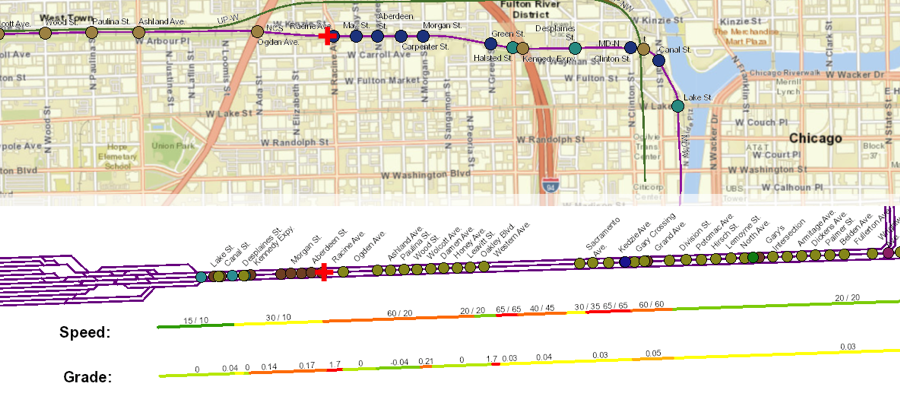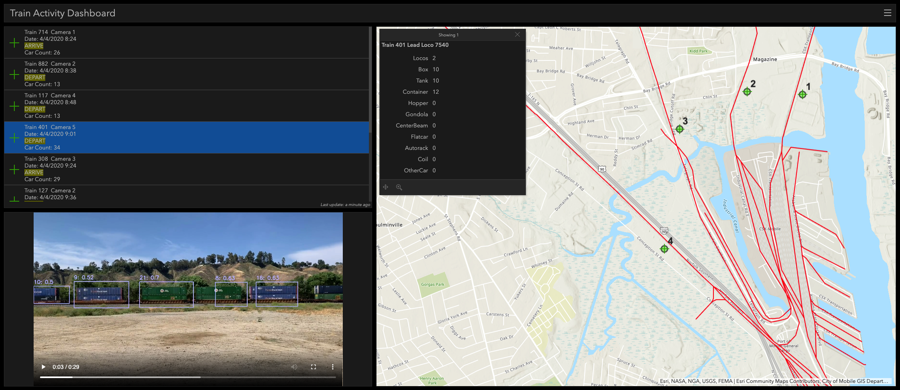- Home
- :
- All Communities
- :
- Industries
- :
- Transportation
- :
- Railways
- :
- Railways Blog
- :
- Esri UC 2020 for Railroad Transportation
Esri UC 2020 for Railroad Transportation
- Subscribe to RSS Feed
- Mark as New
- Mark as Read
- Bookmark
- Subscribe
- Printer Friendly Page
- Report Inappropriate Content
Welcome Railroaders!
We at Esri are all pretty excited about this year's virtual conference. We hope you are too! While we will all miss meeting up, discussing, and learning things in-person--not to mention spending a few days in and around San Diego--we hope a virtual conference will provide other advantages.
To quote Gunny Highway "we improvise, we adapt, we overcome". We make it work. No different than how we all do business every day, right?
Check out this Welcome Video from Mark Pescevic, Esri's Account Executive for Freight and Commuter Rail.
Also, check out this FLYER for an "at a glance" view of all of the activity planned for the Esri UC related to the use of ArcGIS by railroads.
For those who work for or around railroads, or are interested in how GIS is used to solve problems in rail transportation, we have a few videos for you to check out.
1) Improving safety when flagging-out track for maintenance

Maintenance of Way (MOW) operations often require the “flag-out”, or temporary closing of track, so that the repair or inspection of track and equipment can be performed safely. MOW ops are inherently dangerous, and at the same time pull directly against service levels and revenue.
When it comes to maintenance, normally you have a list of work to do, and you prioritize that list in order to do the most important things first. This sounds very reasonable. But in the case of rail maintenance, that cannot be the only criteria. It’s arguable that the location of the maintenance work is at least as important as its priority. For example, if a high priority task requires a section of track be flagged-out, there is value in finding other repair and inspection items in the area that also need work, even if those items are lower priority overall. Doing so, you can accomplish more work, in less amount of time, resulting in reduced track downtime, less revenue loss, fewer operational disruptions, and increased safety.
2) Synchronize geographic, schematic, and straight-line views of your maps

When it comes to railroad data, and keeping track of maintenance operations and the movement of rolling stock, sometimes a standard geographic map is best, but other times a schematic view showing relative position is best. And other kinds of actionable data is best viewed on straight-line diagrams. This demo shows how we can use Esri Roads and Highways web services along with rail data using a Linear Referencing System to keep these different views of your data in sync and interactive.
3) Use Artificial Intelligence to count and categorize train cars

When you look at a train, can you tell the difference between a locomotive and a boxcar? How about between a tank and a hopper? Ok, well how about between a gondola and a flat car hauling shipping containers?
Of course you can!
Well, do you know what else can? A properly trained deep learning model. Yes, you can use artificial intelligence technology to help handle tedious and repeatable tasks, so that you can put your mind on work that only your expertise can do.
Video of trains passing by can be used to build a deep learning model, so that, given new video, the number of train cars, and their types (locomotive, box, container, tank, etc.) can be displayed on a map and dashboard, and stored in a database for analysis and reporting over time. This solution uses the arcgis.learn module of the ArcGIS API for Python, as well as ArcGIS Dashboards.
ArcGIS is a System of Engagement for Railroad Operations
To bring it all together, in this video, Keith King and Jim Barry from Esri's Transportation Team describe and demonstrate ArcGIS as a System of Engagement for Railroads. With ArcGIS, you can manage, analyze, and visualize your data across the organization, in order to have always up-to-date operational spatial awareness, to make the best decisions for maximizing efficiency and safety.
You must be a registered user to add a comment. If you've already registered, sign in. Otherwise, register and sign in.
